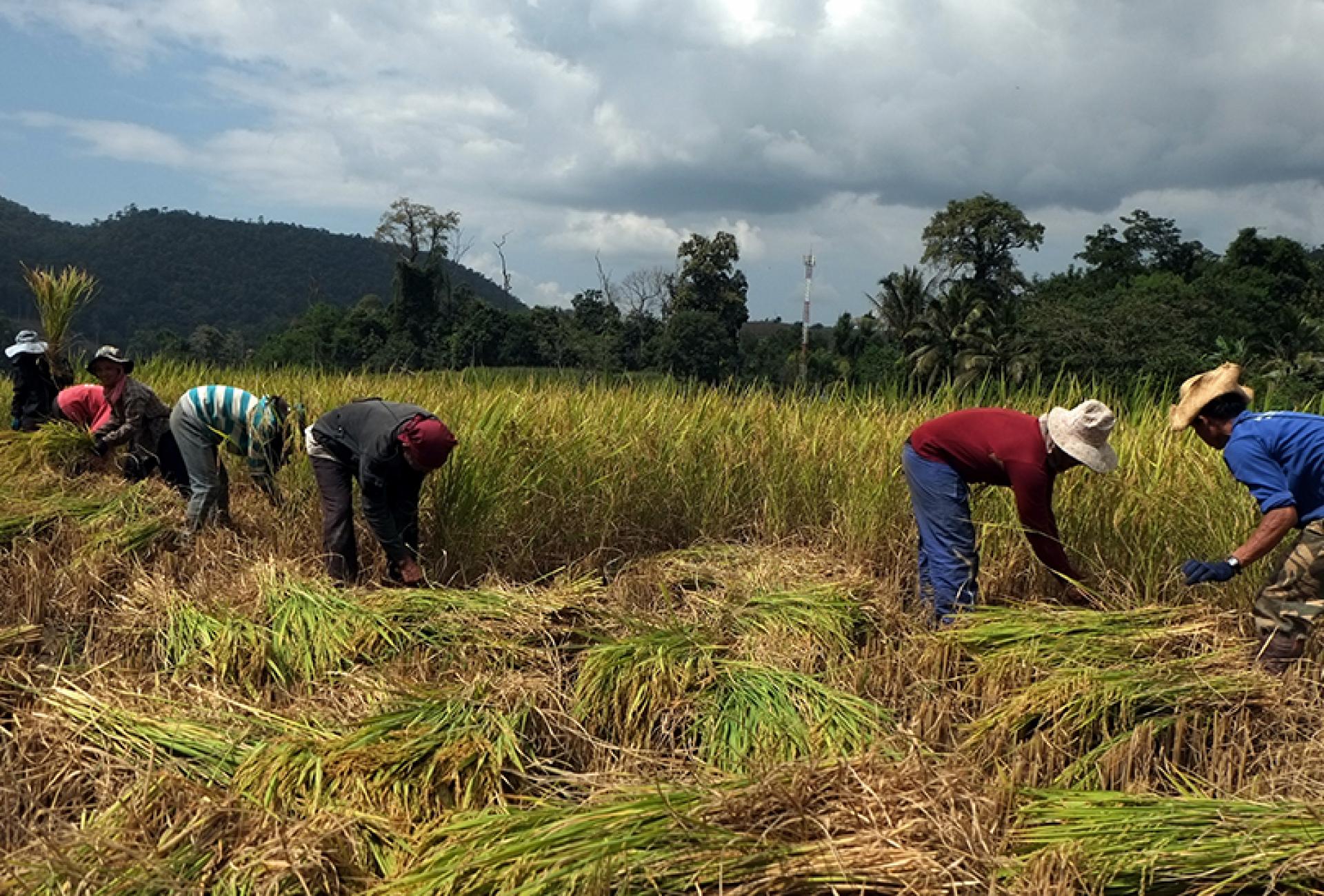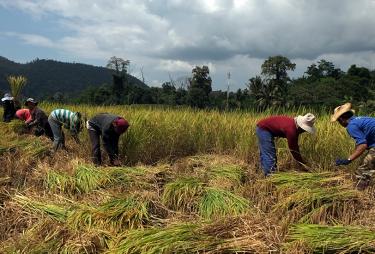We sow seeds for change with digital learning


In November, the SMC – Faith in Development held its first course on the digital learning platform Fabo. It was an introductory course in Outcome Mapping and Outcome Harvesting. 20 administrators from SMC and its member organizations participated and learned more about calling in and evaluating “outcomes”, or behavioral changes that we contribute to in our international work.
Miriam Mondragon, advisor for capacity development at SMC, organized the course together with Phil and Mariam Smith from Learning Loop who have worked for a long time with Outcome Mapping and Outcome Harvesting. We asked them a few questions about the content of the course and the plans for continued digital learning through Fabo.
How can Outcome Mapping and Outcome Harvesting facilitate our work with follow-up and evaluation?
“Both Outcome Mapping and Outcome Harvesting help us look at projects with a greater focus on actors and relationships,” says Phil Smith. The tools can make us better see the small results: when someone we care about does something different that is important to our vision!
-The tools are best suited for socially complex change processes, where many human factors are involved in influencing. It can be about different perspectives, relationships, limitations and expectations – all in a dynamic process. Even if you have expert help and plan carefully, in such situations you cannot expect that the activities will lead to predetermined results. We must be prepared to learn along the way! explains Mariam Smith.
But when should we use Outcome Mapping and when should we use and Outcome Harvesting?
Outcome Mapping works well as a tool from planning to evaluation. It gives priority to the participation of the people and actors concerned in order to define a common vision. In this way, it is easier during the project to discover what changes are taking place in relation to the vision.
Outcome Harvesting, for its part, provides a good basis for an inclusive evaluation where all stakeholders can participate regardless of planning tools. Outcome Harvesting can also be used for follow-up during the project.
Mariam and Phil Smith point out that Outcome Mapping and Outcome Harvesting are useful tools. But they can challenge our existing systems and templates.
-It was very fun to see the participants at Fabo immerse themselves in the questions and discover practical consequences for their own roles and work!
At Fabo, the course material is available to everyone afterwards
Thanks to the digital format, recordings from the course sessions, presentations about the methods, loading materials and animated films are saved on the course page on Fabo. In this way, participants can go back to Fabo to refresh their knowledge or make up for something they missed. Anyone interested in the material can register at Fabo free of charge to access.
-It is a fantastic starting point for learning, where learning begins before the course and continues afterwards by allowing digital material and links to be easily shared. The possibility of interaction between participants all over the world is also a great advantage, according to Miriam Mondragon.
-We hope that our member organisations will feel motivated to set up courses on Fabo themselves, and that the resources already available in English, French Spanish and Arabic will be utilised.
Many people want to keep learning
Phil and Mariam Smith will return in the spring for a number of meetings with participants who want to continue sharing experiences about Outcome Mapping and Outcome Harvesting and learning together in what is called a Community of Practice. The first opportunity will be January 28 at 10-12, at Fabo of course. More information will be posted in our calendar shortly.
- Read more about SMC’s work with Fabo here: https://www.smc.global/aktuellt/mer-digitalt-larande-genom-fabo
- Read more about how we at SMC work with Outcome harvesting: https://www.smc.global/aktuellt/skord-av-forandringar/
- Visit SMC’s portal page on Fabo here: https://fabo.org/smc
- Visit the Outcome Harvesting and Outcome Mapping course page at Fabo here: https://fabo.org/smc/introduction_to_outcomes.
